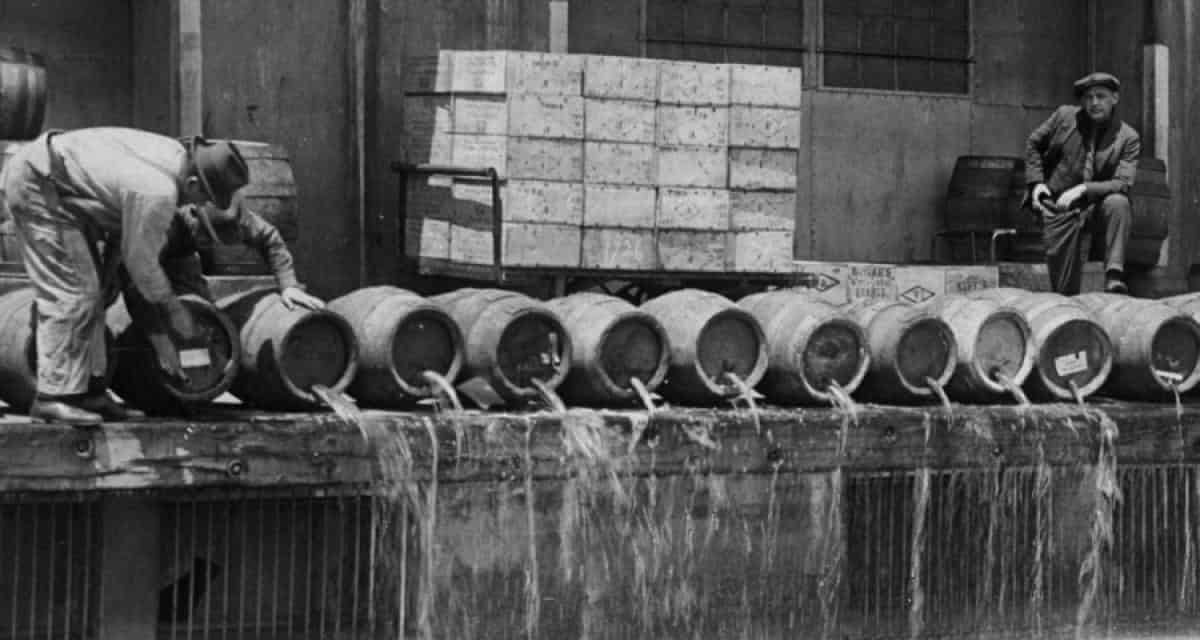For every good idea that changes things for the better, there are many, many, many more that should have been aborted. Unfortunately, sometimes – indeed, way too times – the latter, poorly thought out plans, end up taken seriously and get acted upon. The results are often spectacular – and not in a good way. Following are twenty things about poorly thought out decisions, that produced negative consequences that the planners neither wanted nor anticipated.

20. The US Bombed the Sky to Make it Rain
In 1871, former Civil War general Edward Powers wrote War and the Weather, in which he documented several battles throughout history that were followed by rain. He theorized that the loud din of battle agitated the clouds, and caused them to release the rain stored within. That gave birth to what came to be known as “Concussion Theory”, which held that clouds could be forced to yield rain via loud noises. As Powers put it: “If lightning and thunder and rain have been brought on by the agency of man, when bloodshed and slaughter were only intended, this surely can be done without these latter concomitants“. Legit scientists and scholars scoffed at the notion, but two decades later Senator Charles B. Farwell of Illinois read Powers’ book, and decided to test Concussion Theory. So he got Congress to appropriate $10,000 to make the tests.
With no serious scholars or scientists willing to risk their reputations by having anything to do with something so wacky, a patent lawyer named Robert G. Dyrenforth was assigned the task of carrying out the experiment. In August of 1891, Dyrenforth set up shop in a section of Texas prairie, and put on what must have been an impressive pyrotechnic display. His men blasted clouds with mortars and with dynamite carried aloft by kites, while trailing behind them were balloons filled with flammable hydrogen. To add to the noise, Dyrenforth’s men increased the decibel levels by packing prairie dog holes full of dynamite, and setting them off as well. Unsurprisingly, the plan did not work, but Dyrenforth claimed it did. His fabrication was foiled, however, by a meteorologist who observed the experiment, and published a scathing report about it in Nature.

